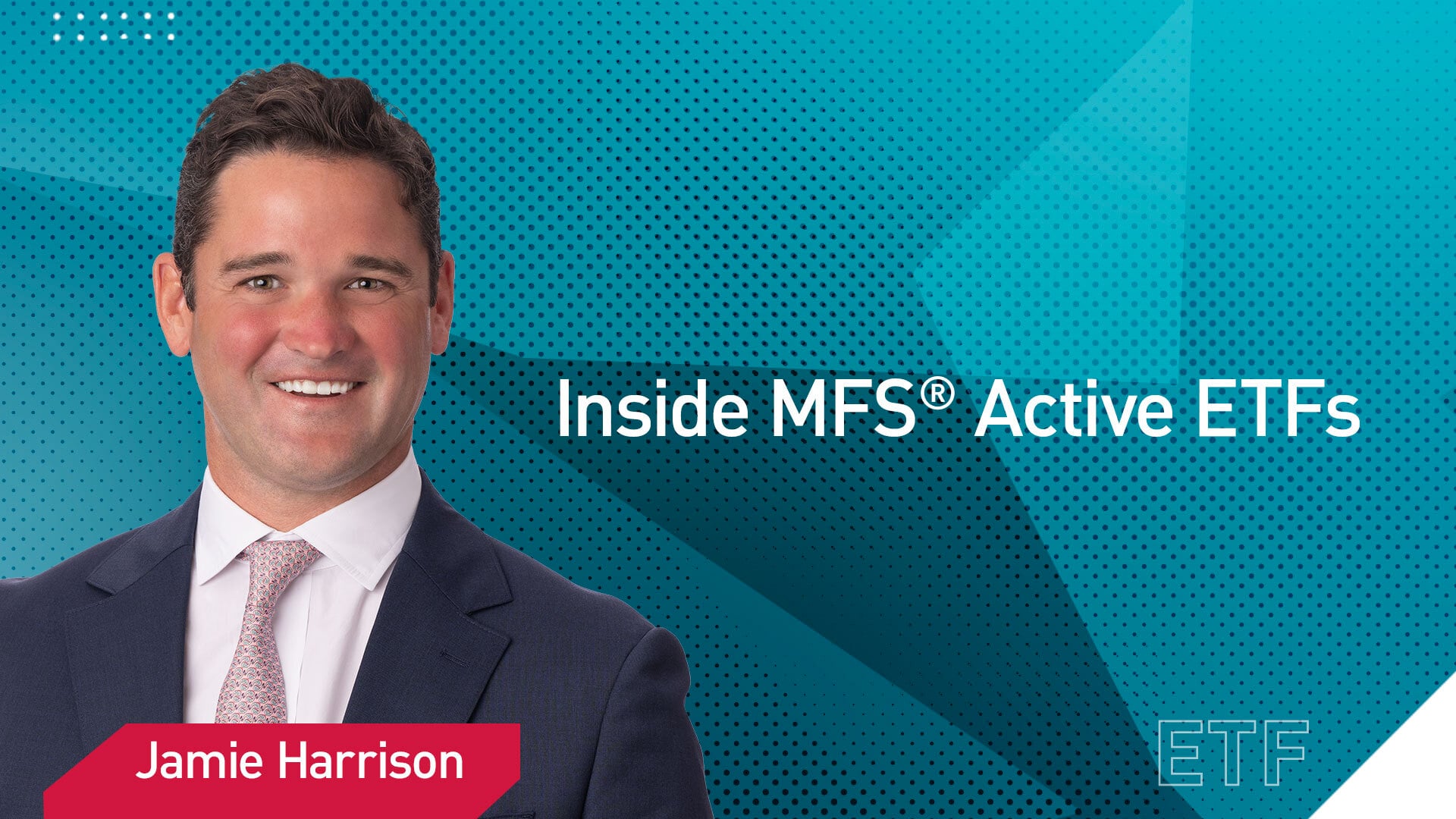
Debunking Five Common ETF Myths
Despite the popularity of ETFs, common misperceptions about them exist. Explore what is fact versus fiction.
AUTHOR
Jamie Harrison
Head of ETF Capital Markets Trading
Exchange-traded funds have been around for decades and are a popular vehicle choice. However, there are some common misperceptions about ETFs. We believe it’s important to dispel these common myths because investment vehicle choice and the benefits that ETFs can offer matter when building a portfolio.
Myth: ETFs With Low Daily Trading Volume Aren’t Liquid.
Fact: An ETF’s liquidity is determined by the liquidity of its underlying basket of securities.
Unlike a common stock, an ETF’s liquidity is not determined by its average daily trading volume. Instead, an ETF’s liquidity is primarily determined by the tradability of its underlying basket of securities. In many cases, this allows an ETF to trade in amounts exponential to its average daily trading volume.
ETF liquidity providers, commonly referred to as market makers, can create and redeem shares directly with an ETF issuer to meet demand from investors. They do this by interacting with the underlying basket of securities held by the ETF. Consequently, price changes of an ETF are generally based on the price and availability of the underlying portfolio rather than the average daily volume of the ETF itself. For this reason, a large-cap equity ETF may be more liquid than a small-cap or more narrowly focused ETF.
Myth: ETFs Have High Spreads.
Fact: ETF spreads reflect the cost of acquiring the portfolio.
Spreads in ETFs often reflect the underlying liquidity of the securities they track. For ETFs that focus on highly liquid assets, such as large-cap equities, spreads are typically very narrow. Conversely, ETFs that track less liquid markets, such as emerging markets or niche sectors, may have wider spreads, but this mirrors the costs and risks of trading the underlying securities. Generally, investors should be prepared to pay the offer price when buying an ETF and accept the bid price when selling it.
Myth: The Last Price for an ETF Reflects Its Current Value.
Fact: The last price of an ETF is just that - the last price.
The price an investor pays for an ETF is determined by the value of its underlying securities at the point of sale. If an ETF doesn’t trade frequently, the value of the portfolio may have substantial movement between executed trades. In that scenario, using the last price could be an irrelevant benchmark of the ETF’s fair value. The real-time value of an ETF is the price at which an investor can buy or sell, which is reflected in the ETF’s bid/ask spread.
Myth: Active ETFs Are Difficult and More Expensive to Trade.
Fact: Active ETFs are as easily traded as passive ETFs.
Active ETFs leverage the same ecosystem of institutional liquidity providers as passive ETFs. These liquidity providers utilize powerful technology to enhance price discovery and tradability in both active and passive ETFs. In most cases, executing an ETF trade should be a quick and efficient experience.
Myth: ETFs Are Only for Short-Term Trading and Market Timing.
Fact: ETFs are versatile and can be used across a wide spectrum of time horizons.
ETFs offer investors exposure to a variety of asset classes and investment strategies and can be used to meet a variety of investment goals both short and long term. Investors should evaluate ETFs on a case-by-case basis when determining the suitability of a particular product for their portfolio and associated time horizon.
Conclusion
ETFs have come a long way since their beginning more than three decades ago. While the first ETFs were known for their low expenses and passive exposure to broad markets, ETFs now encompass a wide range of styles and asset classes, offering more choice to investors. Whether for hedging, short-term trading or long-term appreciation, ETFs are a highly accessible option for investors of all types.
Exchange-Traded Funds (ETFs) trade like stocks, are subject to investment risk, and will fluctuate in market value. Shares of ETFs are bought and sold at market price, not NAV, and are not individually redeemed from the fund. The market price at the time of sale may be higher or lower than the fund’s NAV, and any applicable brokerage commissions will reduce returns. There can be no guarantee that an active market for the funds will develop or be maintained. Actively managed ETFs differ from traditional ETFs in that they do not seek to replicate or to track a specific index. As such, the ability of an actively managed ETF to achieve its objective will depend on the effectiveness of the fund’s portfolio manager.


